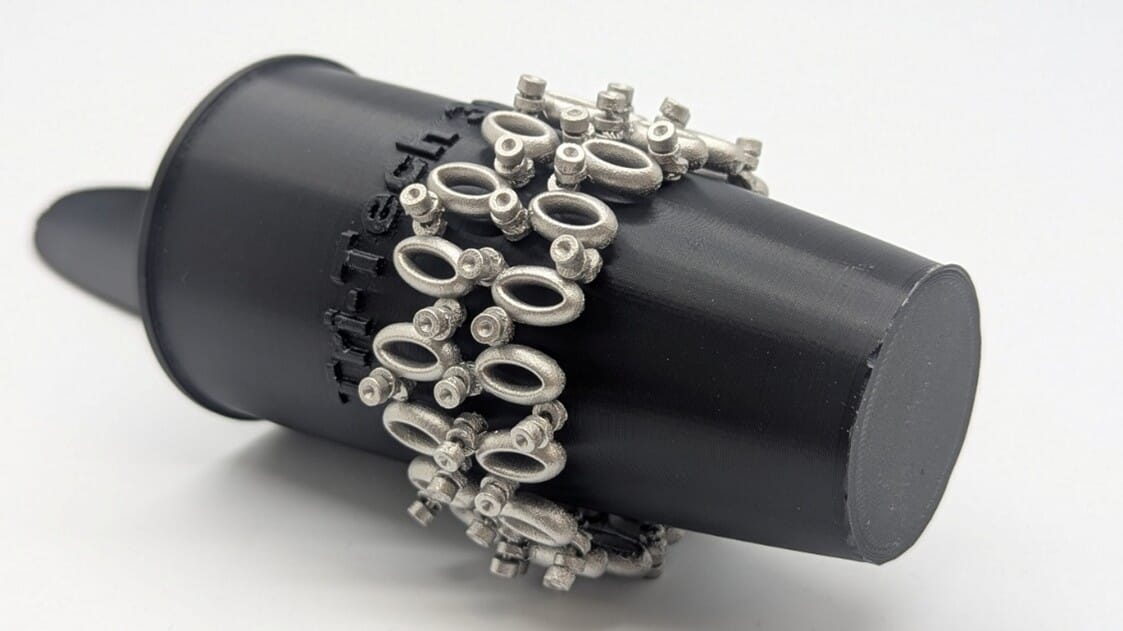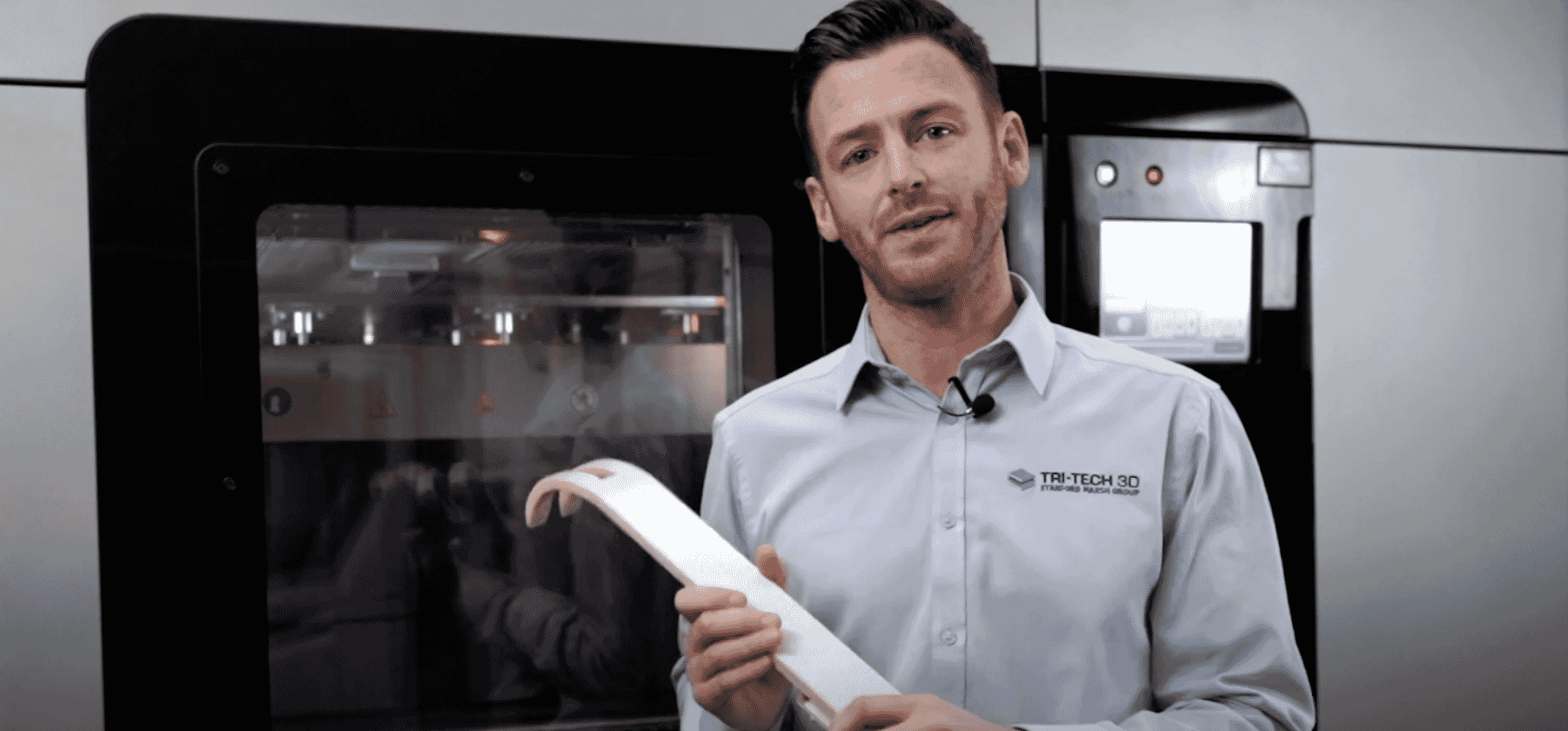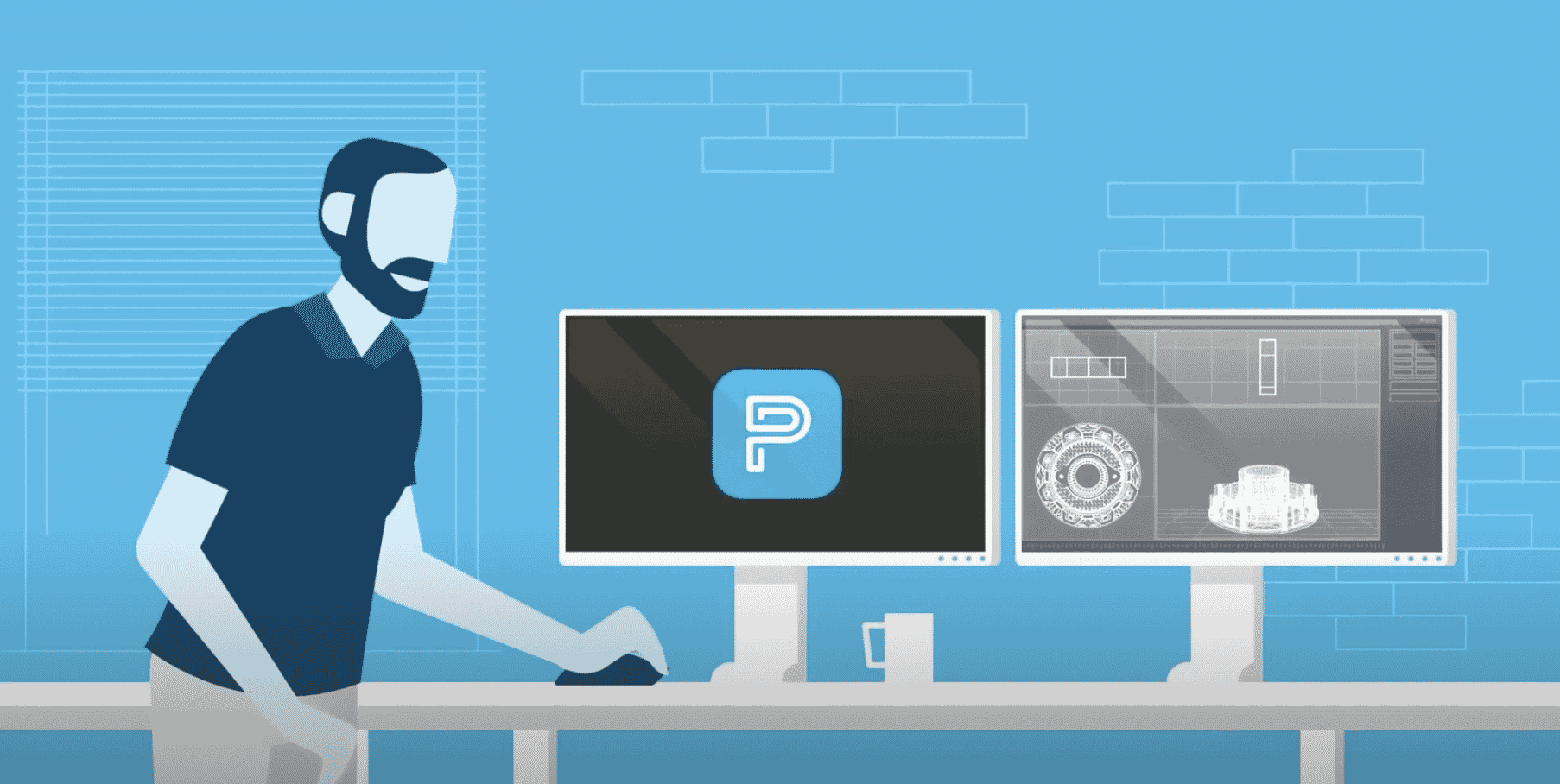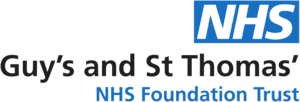Latest developments on 3D printing with Rob Pitts
Meet one of Stratasys sales experts Rob Pitts! Rob’s here to give you an insight into the latest developments in the 3D print industry as well as some of the different projects Tri-Tech 3D have been involved in recently. He also offers us some of his expert knowledge and insights on the future of 3D printing and the different types of customers and industries he works with.
What intrigues you most about 3D printing currently?
What intrigues me most about 3D printing is the developments. Advancements in the capabilities of 3D printing mean that more and more end use parts can now be 3D printed. To illustrate, Stratasys have worked closely with Airbus to develop a printable material that is certified for use on aircraft. The airbus A350 XWB currently includes over 1,000 3D printed components.
Can you tell us about what types of industries invest in our 3D print technology?
Tri-Tech works with an extremely varied range of industries. As a sales person I’ll see someone calling into the office from a different industry every single day. The big verticals are aerospace and automotive, then you’ve got your general consumer products. We also work a lot with the dental and medical industry.
Have you seen a change in the 3D printing over the last decade?
Change tends to happen disruptively rather than gradually in the 3D print industry. The full colour, multi material J750 which effectively suspended the Connex3 is an example. This was not just a small upgrade but introduced a lot of new advantages.
I’ve also observed that as a new printer comes in at top of the range, the printers below it tends to come down in price, making the 3D printer a more viable option for smaller companies and individuals.
So, I guess the change I’ve seen throughput the last decade is that 3D printing has become a less exclusive process for the big conglomerate manufacturing companies and wealthy hobbyists’ and a more feasible and accessible solution to many companies across the UK.
What current limitations do we have with 3D printing? And are we likely to overcome them soon?
Currently, 3D printing is ideal for low volume, high value production runs as the materials can be costly. 3D printing is an excellent option to the manufacturing industry if they have certain limitations they cannot overcome such as complex geometries or a long production timescale which needs to be reduced, as 3D printing allows you to validate moulded parts suing final processes and materials.
However, Stratasys are currently exploring the possibility of manufacturing on a large scale, using their infinite build demonstrator. This is essentially an FDM printer turned onto its side to deliver a continuous print process that could, theoretically, produce parts of unlimited length.
What are the most predominant applications of 3D Printing amongst Tri-Tech 3D customers?
The most predominant applications seem to be tooling, end use parts and prototyping. We frequently work with companies producing consumer goods who are looking to speed up their development cycle. 3D printing is an excellent way to test form, fit and function as there is a diverse range of materials available from rigid to flexible, rubber like, opaque or translucent and can come in over 360,000 different colours.
3D printing gives our clients greater control over their design and more flexibility throughout the creation process and this is why it has so many applications.
In your opinion, name the top 2 reasons why a company would invest in Stratasys 3D print technology.
Time: typically, a tool takes 8 weeks to arrive from order to delivery; if a company has a 3D printer in house it could print its own injection mould in a matter of hours, even using a bureau service would likely take only one or two days to get the tool.
Cost: I would estimate the cost of 3D printing a tool might be under £1,000 whilst using traditional techniques could cost closer to £10,000.

















